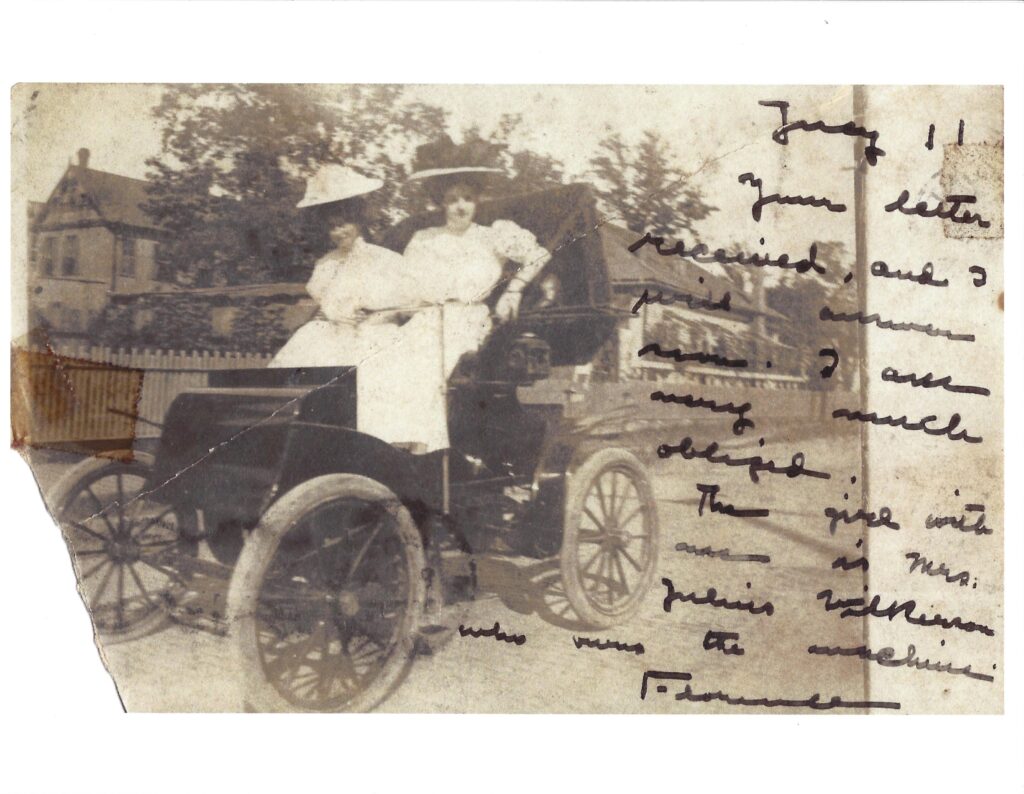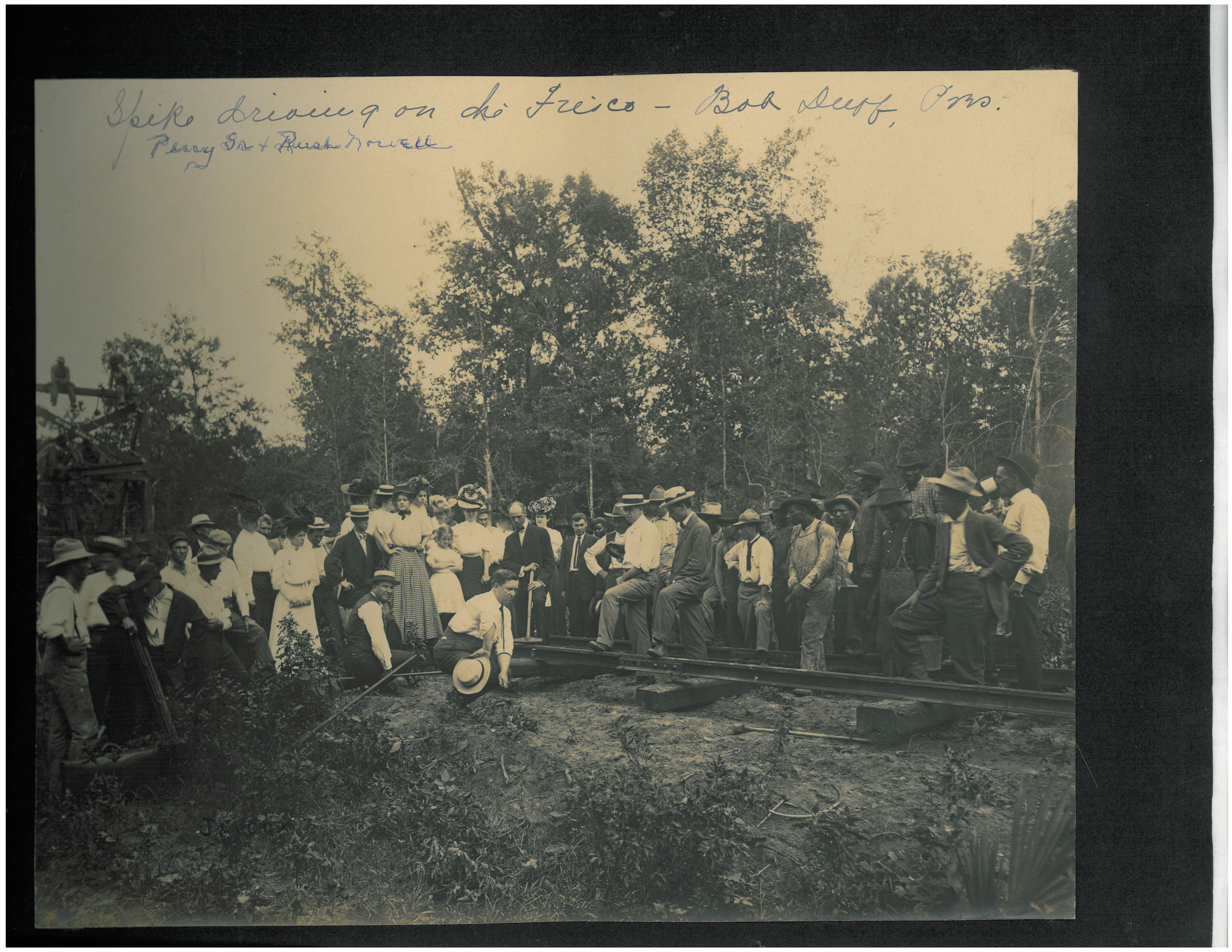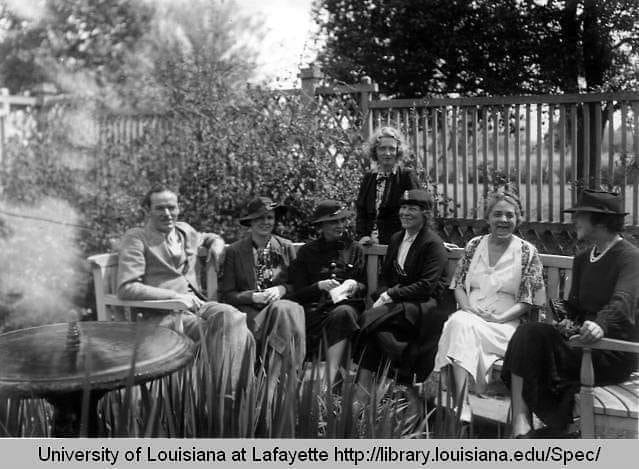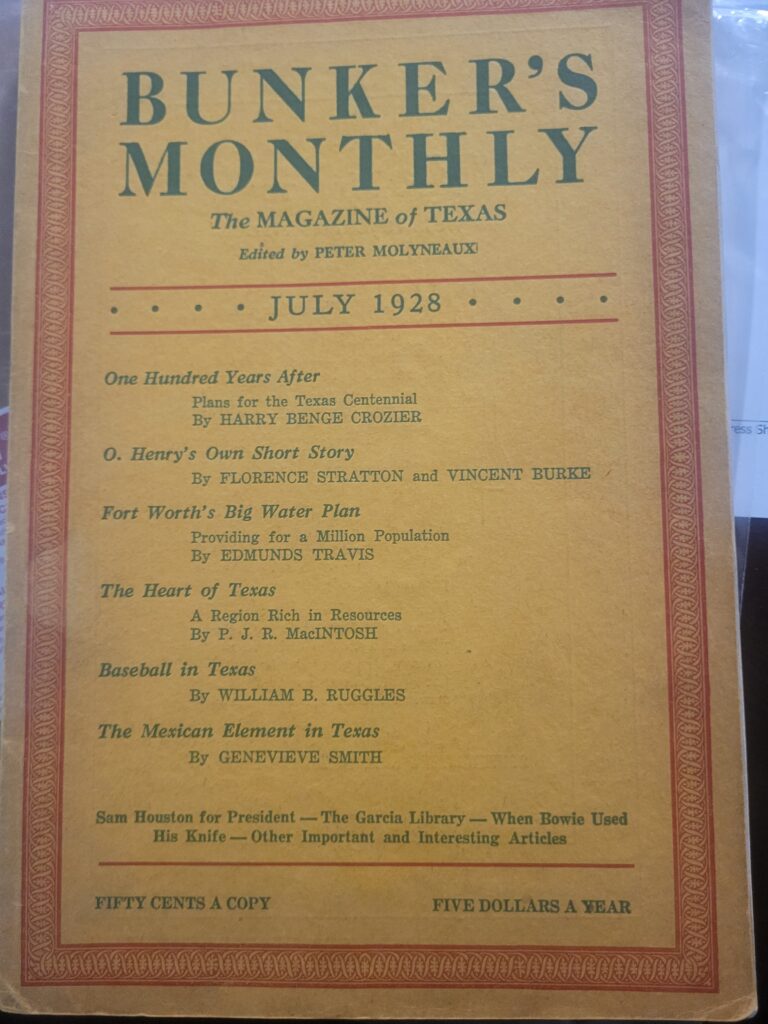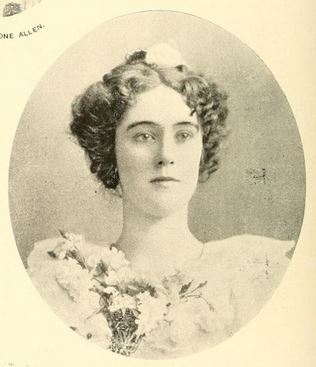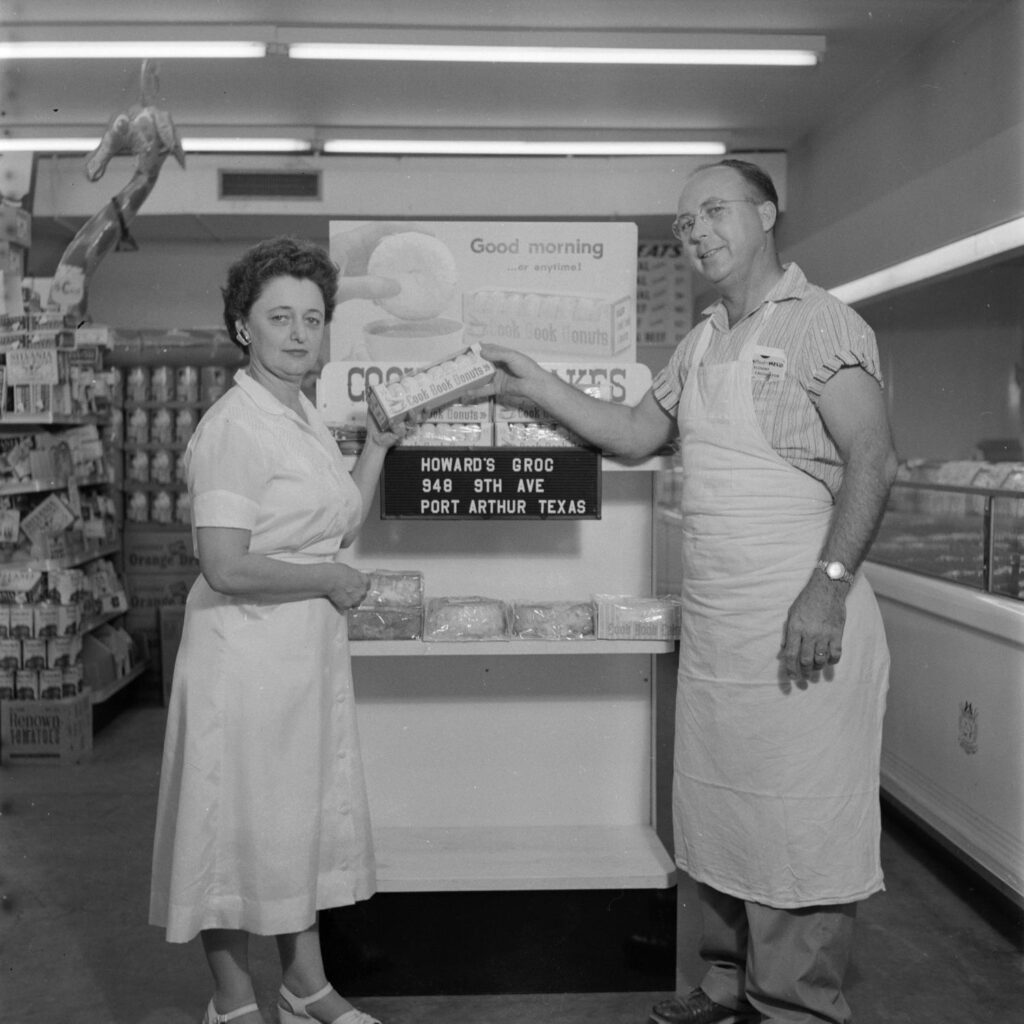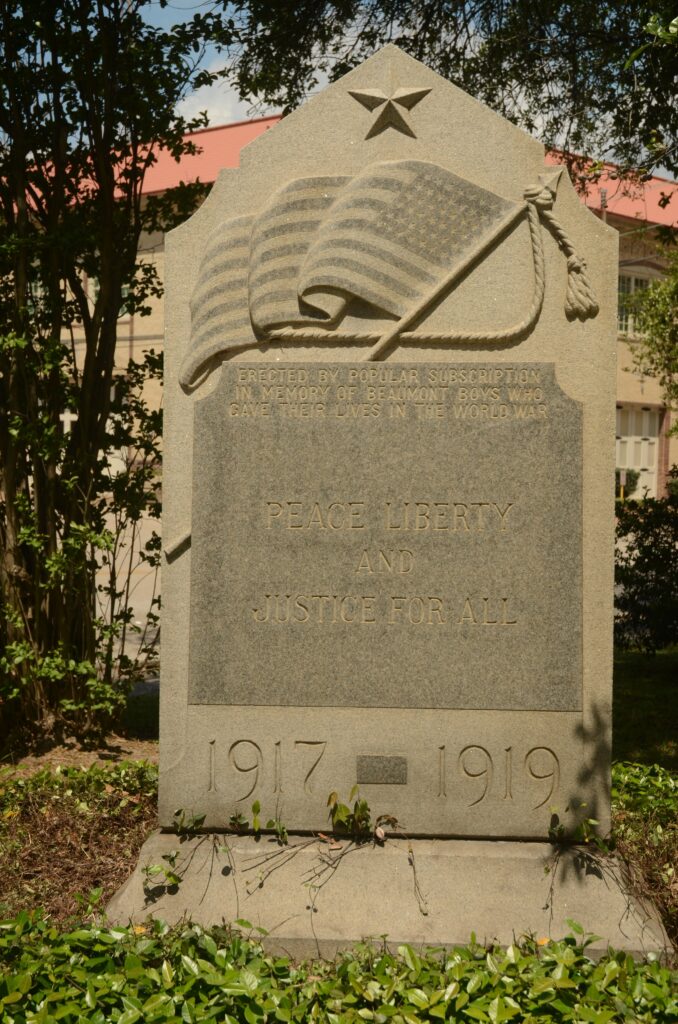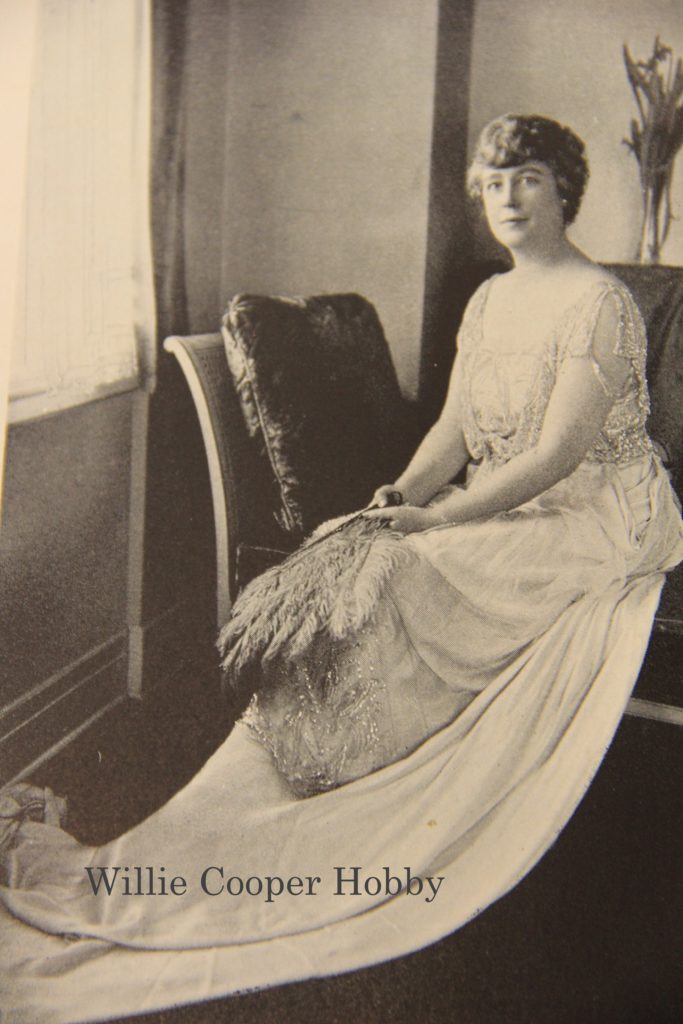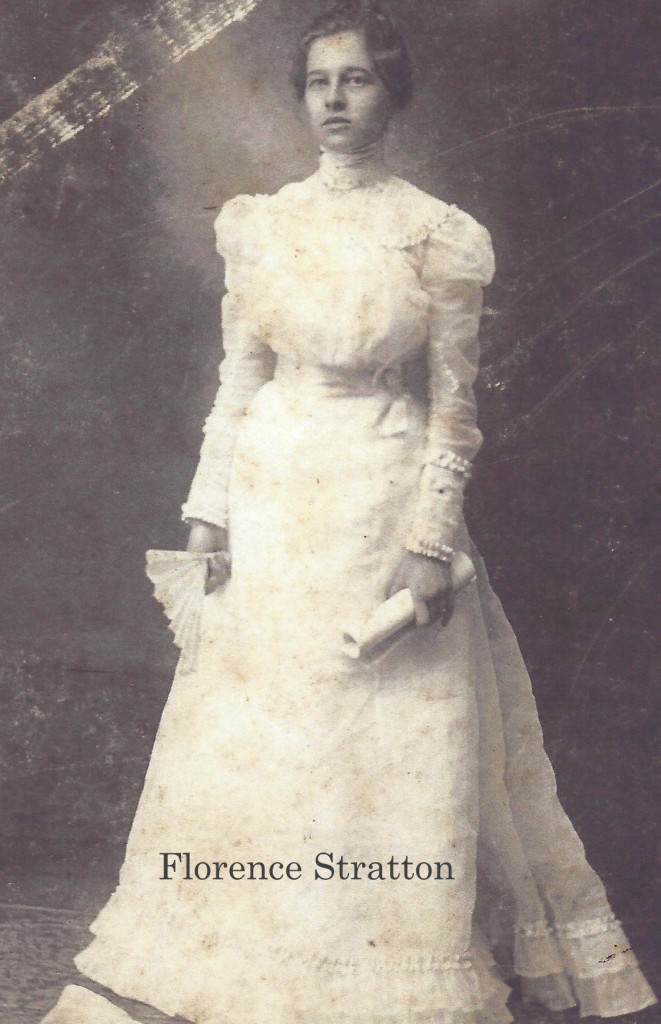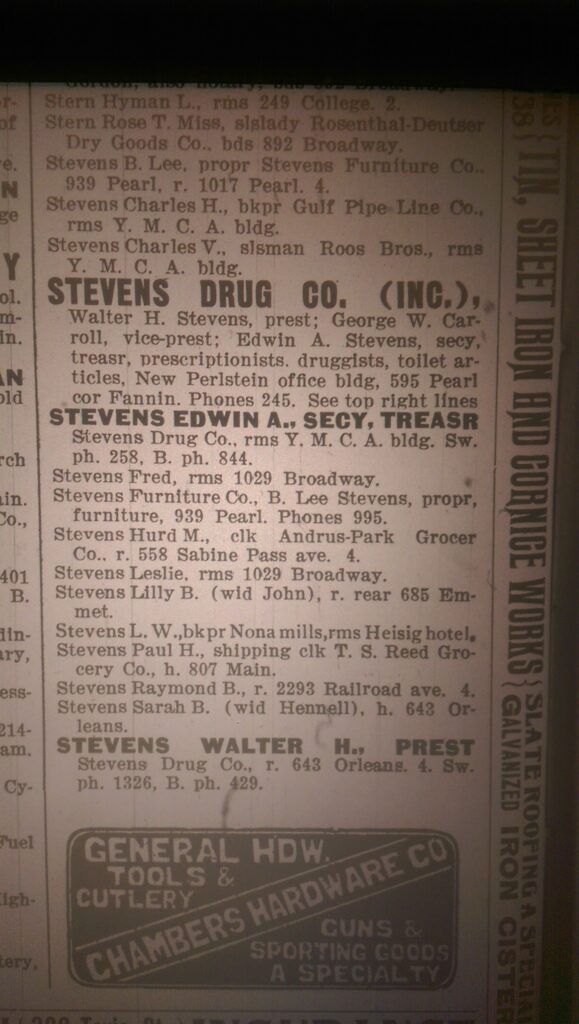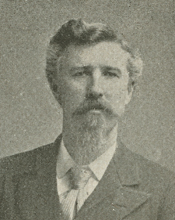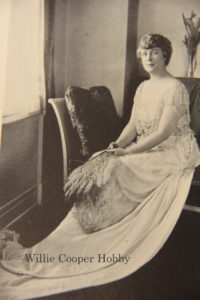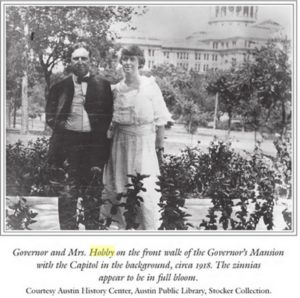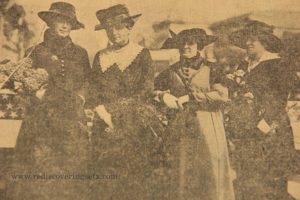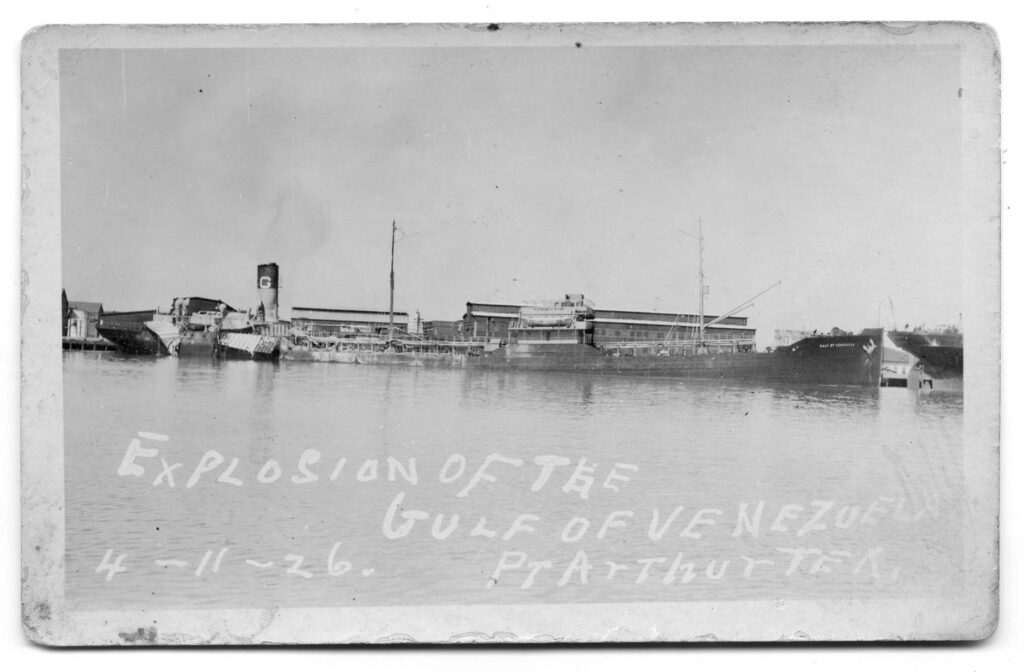
Last week was the fifty-third anniversary of the SS Texaco Oklahoma sinking. Obviously, the Oklahoma was a Texaco tanker. It sunk off Cape Hatteras in high seas on its way from Port Arthur to Boston. I’ll leave a few links at the bottom of this blog. Many of the crew who perished were from Port Arthur and nearby communities. Thanks to Fr. Sinclair Oubre for keeping their stories alive and to the Port Arthur International Seafarers’ Center for being a lighthouse for mariners who are in port and want to go shopping and spend money locally. Unlike other independent taxi services, they transport the crews without charging hefty fees. Ten or fifteen dollars is a lot better than eighty or one hundred. What say you?
There is another anniversary coming up, and I know this because a few years ago, I was walking the grounds of Greenlawn Cemetery in Groves and came across a tribute memorial stone. (Apparently, I do this a lot. I can’t enter a cemetery and not find something that catches my eye.) The stone in question is for the Gulf Refining Company employees who lost their lives in the Gulf of Venezuela fire. This tanker was a Gulf ship docked in Port Arthur in 1926. On the morning of April 11, at about three in the morning, there was a bit of a problem.
Just before the explosion on the Venezuela Sunday morning, which cost the lives of 27, the last tank being filled overflowed on the deck, [as] established this afternoon in the testimony of L. W. Williams, night dock foreman at the Gulf refinery, and L. W. McFaddin, dockman, both on duty at the time.
I’ll leave some photos of the newspaper articles. This was certainly a tragedy on a big scale. It reminds me of what happened to the tugboat Chief in November 1936. My great-uncle was employed at the Magnolia Refinery as a fireman on that tugboat and was waiting at the Atreco docks (the Total docks nowadays) for a tanker to arrive to bring to Beaumont. The Chief was a wooden tug, probably built in 1893, so it was not equipped with the best 1936 technology. I guess it wouldn’t have mattered because someone turned on the gasoline hose and the fuel spewed onto the tug and spilled into the engine room where my uncle and the cook, Paul Harris, were.
In the end, my uncle drowned, so he must have got out of the engine room to jump in the water. I have all the newspaper articles about the incident and what happened later. I will not go through all the family stuff, but I will say that when I was inquiring about my uncle’s death certificate, I discovered that a client of mine owned the house he lived in back in 1936, and I’ve been working there occasionally for the past twenty years or so. I’ll leave a link about the tugboat Chief as well.
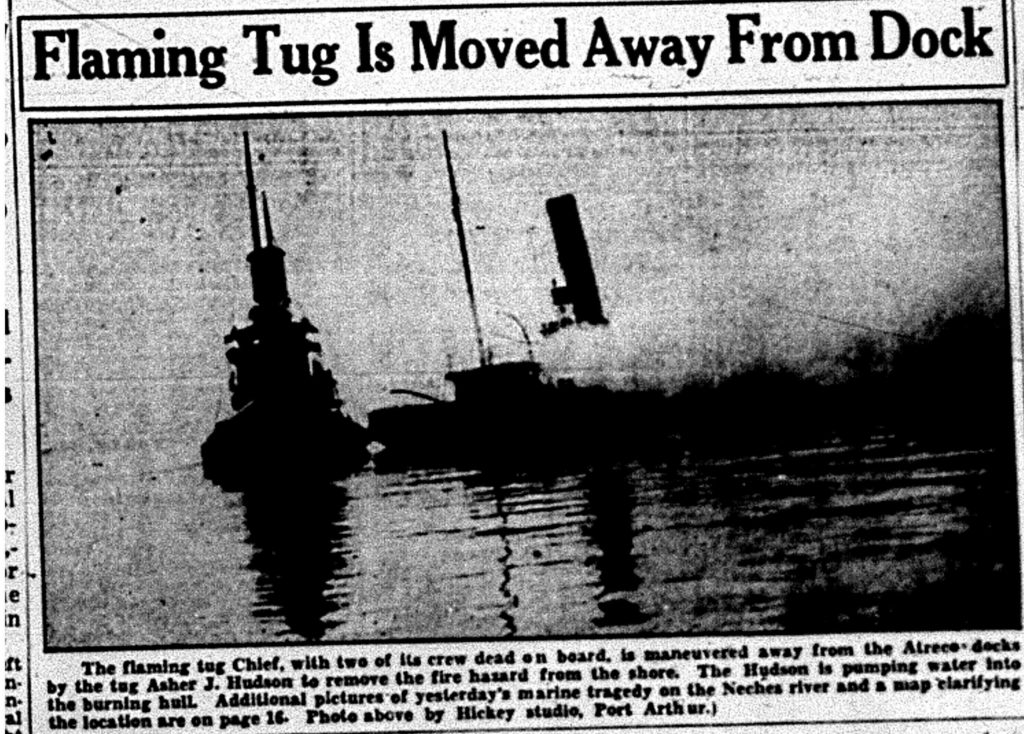
Since this has organically become a maritime blog, I want to make an observation on the tragedy that happened on March 26 in Maryland. To those not in the know, the Francis Scott Key Bridge collapsed after the container ship MV Dali lost power and hit one of its piers. The bridge went down like a house of cards, leaving a major international port and four military ships trapped for who knows how long. My observation is as follows: Why in the hell didn’t they put concrete pilings (dolphins) next to the structure? At first glance, I didn’t even see the dolphins near the piers—because there aren’t any. Oh well, I’m in Texas.
The Martin Luther King Bridge as well as the Rainbow and Veterans Memorial Bridges have them. You would have to take them out strategically. I’m sure the Texas Department of Transportation is on the ball when it comes to the Houston ship channel (gasp).
Thanks to Sam Bronson Cooper, U.S. congressman and father of Willie Cooper Hobby, the Port of Beaumont is a thing and has grown into the fourth busiest port in the United States; it is also a military hub. Things happen, including the Eagle Otome in January 2010. It lost power and hit a barge just after sailing under the Martin Luther King Bridge. I especially remember this because I spent the next day working on Pleasure Island, smelling crude oil in the northerly winds after a cold front moved in. I will spare you of my time working for the Corp of Engineers.

To those ready to see the partial solar eclipse in this area and to those paying big money to have a great experience seeing it in central Texas: good luck and Godspeed. According to all the Aggie weather peeps, it will be raining. If it is raining, I have a few lunar eclipse photos. I always enjoy lunar eclipses, or maybe it’s just the Pink Floyd music! Also, if you’re in a location where you can see the partial eclipse but have no glasses, just look down at the ground. Whatever the shape of the sun, you can see it under a tree. The shadow of the leaves forms the shape of the eclipse. Prove me wrong!
Until next week, Live Long and Prosper!
Texaco Oklahoma:
https://www.hartenergy.com/exclusives/ss-texaco-oklahoma-among-lessons-learned-maritime-safety-18234
Tugboat Chief:
Eagle Otome photos:


